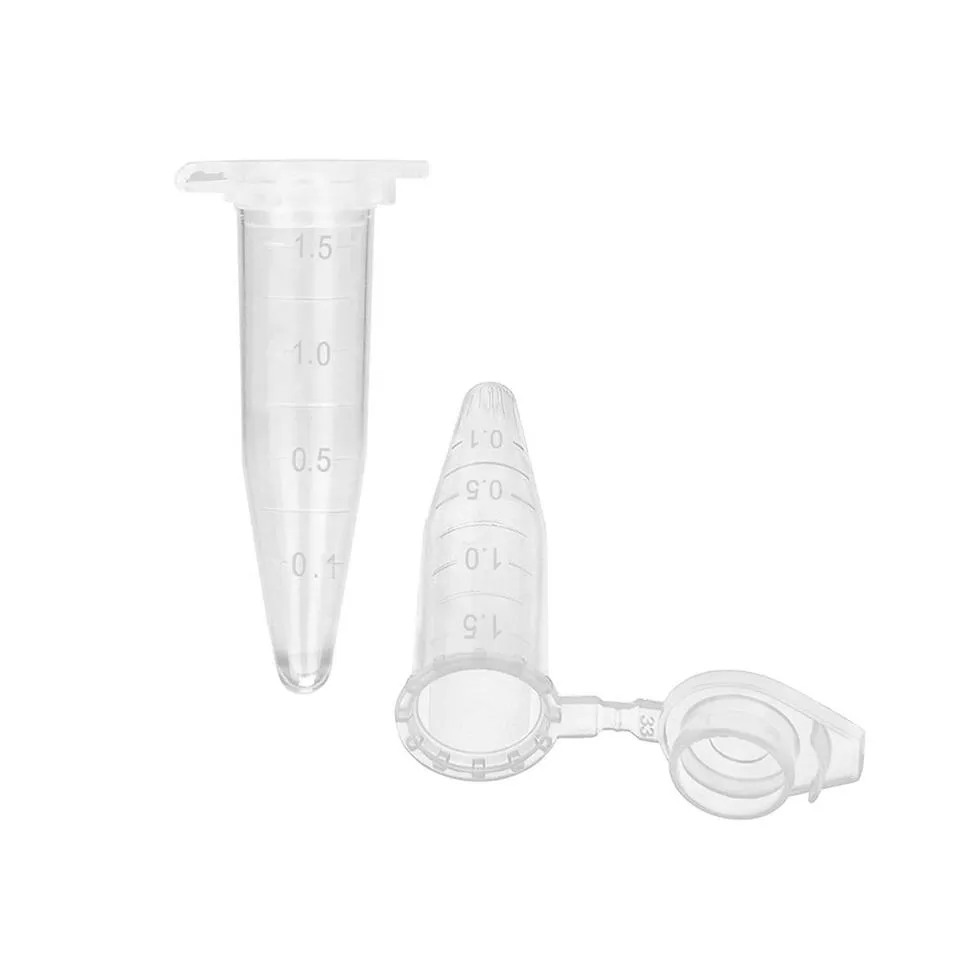
-
 Afrikaans
Afrikaans -
 Albanian
Albanian -
 Amharic
Amharic -
 Arabic
Arabic -
 Armenian
Armenian -
 Azerbaijani
Azerbaijani -
 Basque
Basque -
 Belarusian
Belarusian -
 Bengali
Bengali -
 Bosnian
Bosnian -
 Bulgarian
Bulgarian -
 Catalan
Catalan -
 Cebuano
Cebuano -
 Corsican
Corsican -
 Croatian
Croatian -
 Czech
Czech -
 Danish
Danish -
 Dutch
Dutch -
 English
English -
 Esperanto
Esperanto -
 Estonian
Estonian -
 Finnish
Finnish -
 French
French -
 Frisian
Frisian -
 Galician
Galician -
 Georgian
Georgian -
 German
German -
 Greek
Greek -
 Gujarati
Gujarati -
 Haitian Creole
Haitian Creole -
 hausa
hausa -
 hawaiian
hawaiian -
 Hebrew
Hebrew -
 Hindi
Hindi -
 Miao
Miao -
 Hungarian
Hungarian -
 Icelandic
Icelandic -
 igbo
igbo -
 Indonesian
Indonesian -
 irish
irish -
 Italian
Italian -
 Japanese
Japanese -
 Javanese
Javanese -
 Kannada
Kannada -
 kazakh
kazakh -
 Khmer
Khmer -
 Rwandese
Rwandese -
 Korean
Korean -
 Kurdish
Kurdish -
 Kyrgyz
Kyrgyz -
 Lao
Lao -
 Latin
Latin -
 Latvian
Latvian -
 Lithuanian
Lithuanian -
 Luxembourgish
Luxembourgish -
 Macedonian
Macedonian -
 Malgashi
Malgashi -
 Malay
Malay -
 Malayalam
Malayalam -
 Maltese
Maltese -
 Maori
Maori -
 Marathi
Marathi -
 Mongolian
Mongolian -
 Myanmar
Myanmar -
 Nepali
Nepali -
 Norwegian
Norwegian -
 Norwegian
Norwegian -
 Occitan
Occitan -
 Pashto
Pashto -
 Persian
Persian -
 Polish
Polish -
 Portuguese
Portuguese -
 Punjabi
Punjabi -
 Romanian
Romanian -
 Russian
Russian -
 Samoan
Samoan -
 Scottish Gaelic
Scottish Gaelic -
 Serbian
Serbian -
 Sesotho
Sesotho -
 Shona
Shona -
 Sindhi
Sindhi -
 Sinhala
Sinhala -
 Slovak
Slovak -
 Slovenian
Slovenian -
 Somali
Somali -
 Spanish
Spanish -
 Sundanese
Sundanese -
 Swahili
Swahili -
 Swedish
Swedish -
 Tagalog
Tagalog -
 Tajik
Tajik -
 Tamil
Tamil -
 Tatar
Tatar -
 Telugu
Telugu -
 Thai
Thai -
 Turkish
Turkish -
 Turkmen
Turkmen -
 Ukrainian
Ukrainian -
 Urdu
Urdu -
 Uighur
Uighur -
 Uzbek
Uzbek -
 Vietnamese
Vietnamese -
 Welsh
Welsh -
 Bantu
Bantu -
 Yiddish
Yiddish -
 Yoruba
Yoruba -
 Zulu
Zulu
drug bottles
The Hidden Stories of Drug Bottles
In every household, the sight of drug bottles is common—rows of colorful containers that house medications and supplements, each bearing labels that tell a story of healing, hope, and sometimes, heartache
. These bottles, often overlooked, represent the complex journey of pharmaceuticals from laboratories to people's hands, encapsulating the intricacies of modern medicine.Drug bottles come in various shapes and sizes, each designed for specific purposes. Prescription bottles, typically amber in color, serve a crucial role in medication safety. The opaque hue prevents light from degrading the integrity of the medication inside, while the child-proof caps ensure the safety of curious little hands. Over-the-counter (OTC) bottles, often found in bright colors, are easily recognizable on pharmacy shelves. They advertise their contents boldly, from pain relievers and cold syrups to vitamins and mood stabilizers.
Every time a person picks up a drug bottle, they engage in a silent pact with their health. The information on the label—dosage instructions, warnings, and expiration dates—offers guidance that is as crucial as the medication itself. Adherence to these instructions can mean the difference between recovery and worsening health. However, the stark reality is that many individuals struggle with medication adherence. Forgetfulness, aversion to side effects, or a lack of understanding can lead to dangerous lapses in treatment, highlighting the importance of education and communication in healthcare.
drug bottles

Moreover, each drug bottle harbors a unique narrative about its creation. Behind the scenes, researchers invest countless hours in trials to ensure that these medications are effective and safe. The journey from initial discovery to final approval is intricate and often fraught with challenges. Regulatory bodies like the FDA ensure that the medications meet stringent safety standards, safeguarding public health.
Drug bottles also reflect societal trends. The rise of personalized medicine has led to more targeted therapies, which often come in specially designed bottles that cater to individual patient needs. Furthermore, the advent of telemedicine has facilitated remote prescriptions, making access to necessary medications easier but also raising questions about misuse and accessibility.
In today's world, the battle against the stigma surrounding mental health has also found its way into the agenda of pharmaceuticals. Bottles of antidepressants and antipsychotics increasingly populate our medicine cabinets, representing a growing acceptance of seeking help for mental well-being. This shift encourages conversations about mental health, urging society to view these drug bottles not as symbols of despair, but as vessels of hope.
As we examine the drug bottles that surround us, it's essential to acknowledge their significance beyond mere containers. They symbolize our collective quest for better health, representing the culmination of science, compassion, and a desire for a healthier society. In every bottle lies a journey—a promise of healing crafted by the hands of dedicated individuals striving to make a difference in the lives of many.
-
PTFE Centrifuge Tubes - Chemical Resistant, Leak-proof, Ideal for Laboratory UseNewsJul.05,2025
-
Premium Metal Dropper Bottle for Precise Dispensing 250ml & 1ml Options AvailableNewsJul.04,2025
-
20 ml Headspace Vials - High Quality Polyethylene & Plastic Vials for Lab UseNewsJul.04,2025
-
Small Bottle with Pipette - Precise Dispensing 100ml Pipette Bottles for Essential Oils & Lab UseNewsJun.24,2025
-
Acetic Anhydride Bottle for Accurate Dropper Measurement in Pharmacy Use High-Quality Dropper BottlesNewsJun.10,2025
-
Innovative PET Bottle Design for Juice – Unique Shapes & Customization OptionsNewsJun.10,2025






















